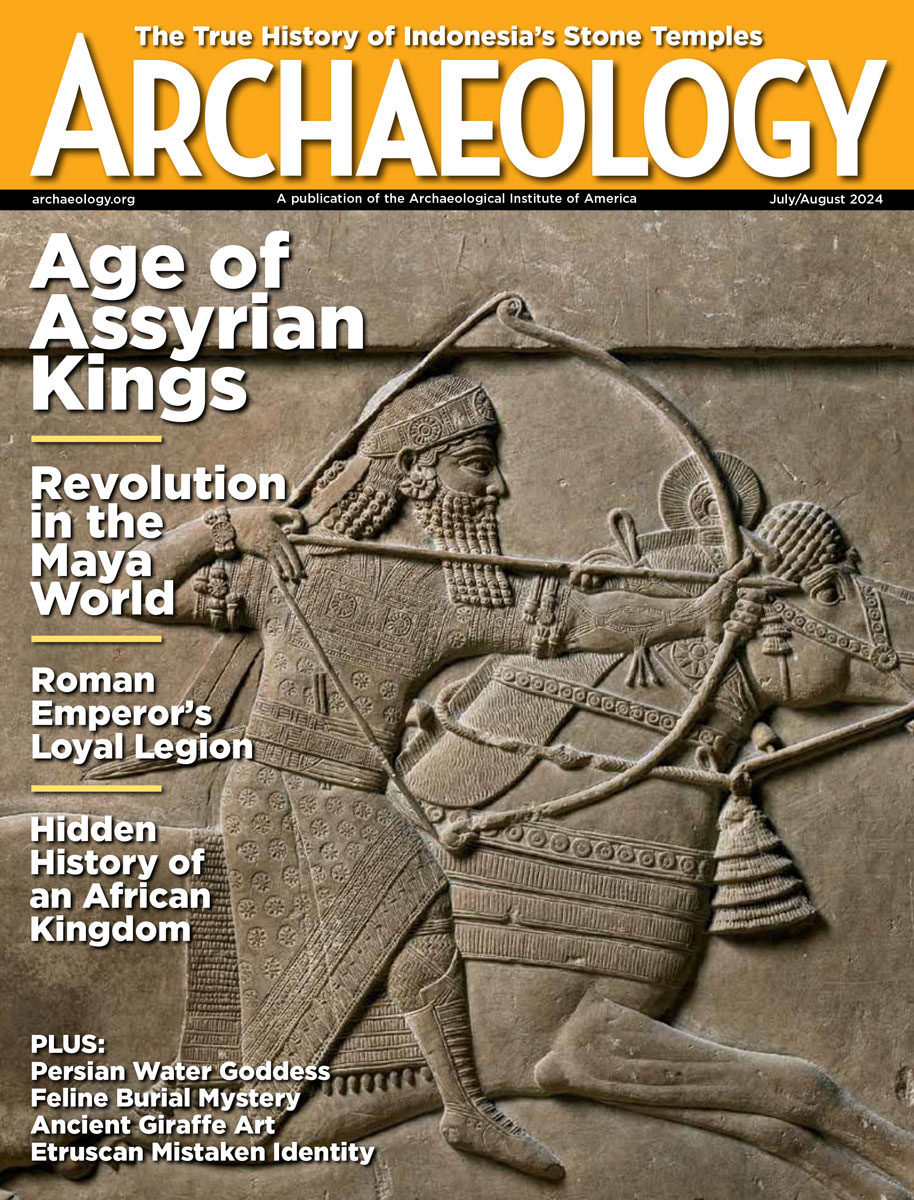Wednesday, June 25
June 25, 2008
Scientists are studying how certain microbes are damaging the world’s ancient monuments. “Whether it’s Angkor Wat or the Mayan sites in Mexico or the Native American archaeological sites in the West in this country, they are all under threat. And the question is, can we preserve them?” said biologist Ralph Mitchell of Harvard University.
Warming temperatures threaten the graves of the Scythians, buried in the Altai Mountains, which run through Siberia and Mongolia. “Right now we’re facing a rescue archaeology situation. It’s hard to say how much longer these graves will be there,” said German archaeologist Hermann Parzinger. Â
British archaeologist David Cemlyn chained himself to an historic cast-iron lamppost and went on a hunger strike to protest the Bristol City Council decision to transplant dozens of the streetlights to more affluent areas and sell the rest. “We have temporarily suspended these works pending further communication with the residents,” said a council spokesman. Â
Meanwhile, in Kent, a man admitted to damaging multiple protected archaeological sites. Â
Construction workers happen upon skulls from time to time while digging foundations, but rarely while repairing a roof. In Tooele City, Utah, a skull was revealed beneath two layers of shingles on the roof of a house built in 1910. “How can you describe something like that?” asked the homeowner. Â
The first phase of the re-installation of the Aksum Obelisk in Aksum, Ethiopia, has been completed. The remaining two blocks will be erected next month. Â
The British newspaper Observer announced over the weekend that the uncontacted Amazon tribal people photographed last month were not “undiscovered,” but had been known about by the Brazilian government for 100 years.  Live Science recounts the hoax of the Tasaday, presented to the world by politician Manuel Elizalde in 1971 as a peaceful, cave-dwelling people in the Philippines. But any misunderstanding about the Amazon tribes seems to have been created by the media, in this case.   On June 2, José Carlos dos Reis Meirelles Junior, who works for Brazil’s Indian affairs department, was quoted as saying, “We did the overflight to show their houses, to show they are there, to show they exist. This is very important because there are some who doubt their existence.” It doesn’t seem like he claimed to discover a “lost tribe.”
- Comments Off on Wednesday, June 25









